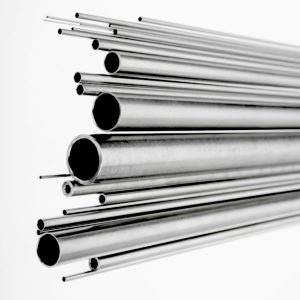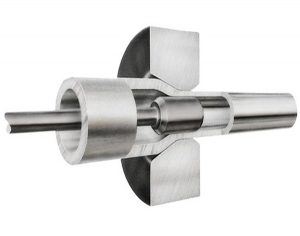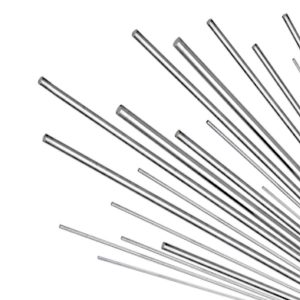Fixed plug drawing
Fixed plug drawing, also known as stationary mandrel drawing, uses a mandrel at the end of the die to shape the inner diameter of the tube. This process is slow and the area reductions are limited, but it gives the best inner surface finish of any of the processes. This is the oldest tube drawing method.

Sink Drawing
Tube sinking is simply drawing the tube through a die to reduce the outside and inside diameters. Sinking does not use an internal support. While theoretically the wall thickness does not change, it may increase or decrease depending on the die angle and diameter-to-wall-thickness ratio. Commodity tubing for applications such as low-cost lawn furniture is often produced by multiple sinking operations.
The typical die angle is 24 degrees, and it has a relatively long bearing. Lower angles tend to cause wall thickening, whereas higher angles cause wall thinning. Sinking uses a long bearing to achieve the correct size and optimal roundness, making this process suitable for a final sizing operation.

Rod Drawing
The rod drawing process draws the tube over a hardened steel rod, or mandrel, that passes through the die with the tube.
This process reduces the OD, ID, and wall thickness. A secondary operation called reeling expands the diameter slightly so the rod can be extracted. For this reason, rod drawing rarely is used as a final operation.
Rod drawing creates less friction and lower drawing forces than any of the plug drawing operations, so it can enable higher area reductions than the other methods.

